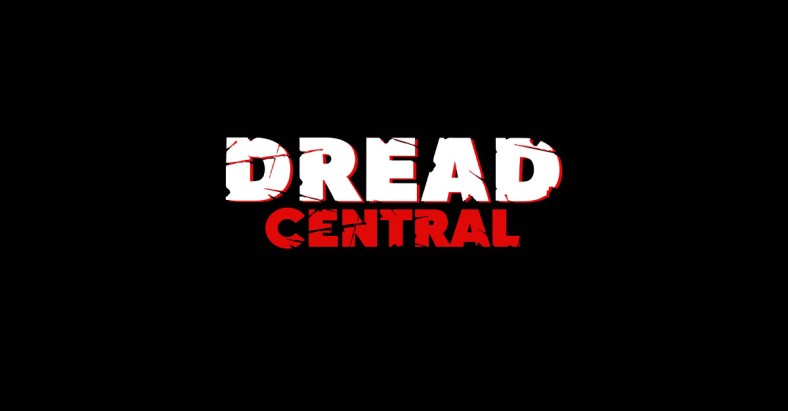Controversy in Horror: 10 Movies that Shocked the World

Given the primitive side of man, controversial films have and always will appeal to certain movie fanatics. The taboo and terrifying angles of celluloid will always call to those who crave something edgy… something that we’re not supposed to see. That’s curiosity. That’s human nature. That’s the small slice of monster in all of us, crawling to the surface, eager to catch a breath.
It’s also the reason the following 10 films have and may – perhaps – always harvest a different kind of attention. These are the movies that redefine the very thought of the forbidden. These are the movies that force us to question our own decency. These are the films so shocking that we’ll never, ever stop talking about them.

Nekromantik: Necrophilia far surpasses taboo. It’s downright disgusting. Jörg Buttgereit’s disturbing film Nekromantik tackled the topic head on and as a result was immediately banned in more than a single country. The idea of getting frisky with a cold corpse will always send shivers down the spine, which means Nekromantik will never sit comfortably with viewers, though it will always occupy space on the shelves of certain collectors. Nekromatik isn’t a great film by any stretch of the imagination, but it is magnetic in its willingness to push the boundaries of morality.
Henry: Portrait of a Serial Killer: The most terrifying and unsettling aspect of Henry: Portrait of a Serial Killer is the gritty realism of the flick. It almost feels like a found footage film, it’s so straightforward while completely encrusted. Watching Henry (Michael Rooker) saw away at an expired body invokes genuine chills. The performances and the script in particular – which never hams up the content – instill a sense of disgust. With disgust often comes curiosity, and Henry spawns no shortage of that. This one is the proverbial car crash that demands a gawking session; it’s hard to turn your head to this visceral violence.
https://youtu.be/IU3P6WXzvXU
Peeping Tom: Peeping Tom damn near murdered director Michael Powell’s career. Although it has gone on to be recognized as a masterpiece of British cinema, it wasn’t exactly embraced upon arrival in 1960. In fact, the flick’s excessive violence (by 1960 standards) had critics and fans turning from the screen in revulsion. The truth is, this is one of the more compelling films to be included in this list, as it delivers both physical and psychological jolts in abundance and plays out as a major piece of foreshadowing, as we’ve now seen similar ideas become something of a trend over the last few decades. While it’s acknowledged as a strong slice of cinema today, it’s easy to understand why this one had audiences revolted some 55 years ago.

